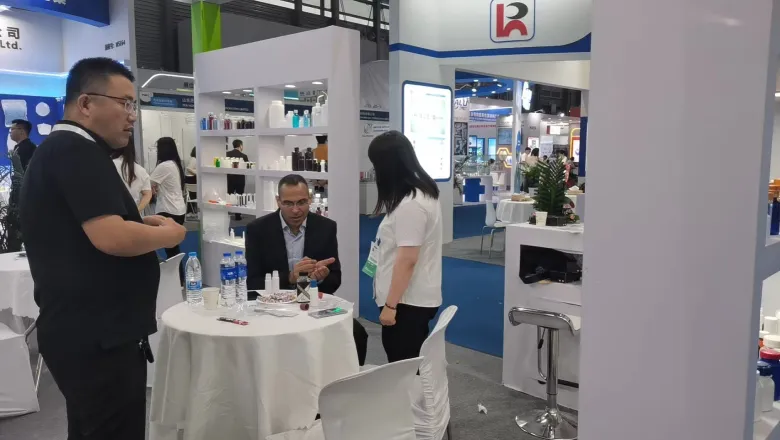plastic medicine vials
The Evolution and Impact of Plastic Medicine Vials
In the medical field, the effective storage and delivery of medications are paramount. Over the past few decades, plastic medicine vials have emerged as a vital component in pharmaceutical packaging, offering a range of benefits that traditional glass vials could not match. This article explores the evolution, advantages, and implications of using plastic medicine vials in modern healthcare.
The Evolution of Packaging in Medicine
Historically, glass vials were the standard for storing medications. While glass offers excellent chemical resistance and can maintain the integrity of drugs over time, it has its limitations. Glass is brittle and can shatter easily, posing safety risks in clinical settings. Additionally, the weight of glass bottles can complicate transportation and increase shipping costs. As healthcare needs evolved, so too did the materials used for pharmaceutical packaging. Plastic emerged as a practical alternative, leading to the development of modern plastic medicine vials.
Advantages of Plastic Medicine Vials
Plastic medicine vials possess several noteworthy advantages over their glass counterparts
1. Durability Plastic vials are much less likely to break or shatter, making them safer for both patients and medical staff. This durability is particularly beneficial in emergency situations where speed is critical, reducing the risk of injury.
2. Lightweight The lighter weight of plastic vials makes them easier to handle and transport, significantly reducing shipping costs and making it easier for healthcare providers to manage inventory.
3. Cost-Effectiveness The production of plastic vials is often less expensive than glass manufacturing. This cost-effectiveness can help reduce overall healthcare costs, making medications more accessible to a wider patient population.
plastic medicine vials

4. Customization Plastic can be molded into various shapes and sizes, allowing for greater flexibility in design. This customization can aid in differentiating products and ensuring that medications are properly labeled.
5. Barrier Properties Many plastic vials are engineered with advanced barrier technologies that protect the contents from environmental factors such as moisture, oxygen, and light. These barriers enhance the shelf life of medications, which is critical for maintaining their efficacy.
Environmental Considerations
Despite the evident advantages of plastic vials, concerns about environmental sustainability cannot be overlooked. The production and disposal of plastic contribute significantly to global pollution. However, the pharmaceutical industry is increasingly aware of this challenge and is actively seeking solutions. Many manufacturers are exploring biodegradable plastics and recyclable materials to minimize environmental impact. Additionally, initiatives aimed at recycling used vials are gaining traction, helping to mitigate waste and encourage responsible disposal.
Regulatory and Safety Aspects
The safety and efficacy of plastic medicine vials are heavily regulated by health authorities worldwide. The U.S. Food and Drug Administration (FDA), for example, mandates rigorous testing and quality control for plastic packaging used in pharmaceuticals. These regulations ensure that the materials used do not leach harmful substances into medications and that they preserve the stability of the drugs over time. Continuous research and advancements in materials science are helping to improve the safety profiles of plastic vials, making them a reliable choice for pharmaceutical packaging.
Future Trends
As the healthcare landscape continues to evolve, the role of plastic medicine vials will likely expand further. Innovations such as smart vials equipped with tracking technology are being developed to enhance medication adherence and patient safety. Furthermore, the integration of sustainability practices in the production of plastic vials will become increasingly important as consumers demand more environmentally friendly products.
In conclusion, plastic medicine vials represent a significant advancement in pharmaceutical packaging, providing numerous benefits over traditional glass vials. While challenges related to environmental sustainability remain, ongoing innovations and regulatory oversight are paving the way for a future where plastic vials play a central role in ensuring medication safety and accessibility. As we continue to explore the intersections of healthcare, technology, and sustainability, plastic medicine vials are poised to remain a key player in the medical field.
-
Aesthetic Makeup Spray Bottles | Fine Mist Empty RefillableNewsAug.19,2025
-
White Plastic Veterinary Vaccine Vials | Lab Liquid BottlesNewsAug.18,2025
-
Plastic Medicine Liquid Bottle: Secure Flip Top Drug VialsNewsAug.17,2025
-
Durable 250ml Blue Plastic Vaccine Vial for Lab & Vet UseNewsAug.16,2025
-
Sterile Virus Sample Tubes: Secure & Reliable Specimen CollectionNewsAug.15,2025
-
White 250ml Plastic Vaccine Vial for Lab & Vet MedicineNewsAug.14,2025
























